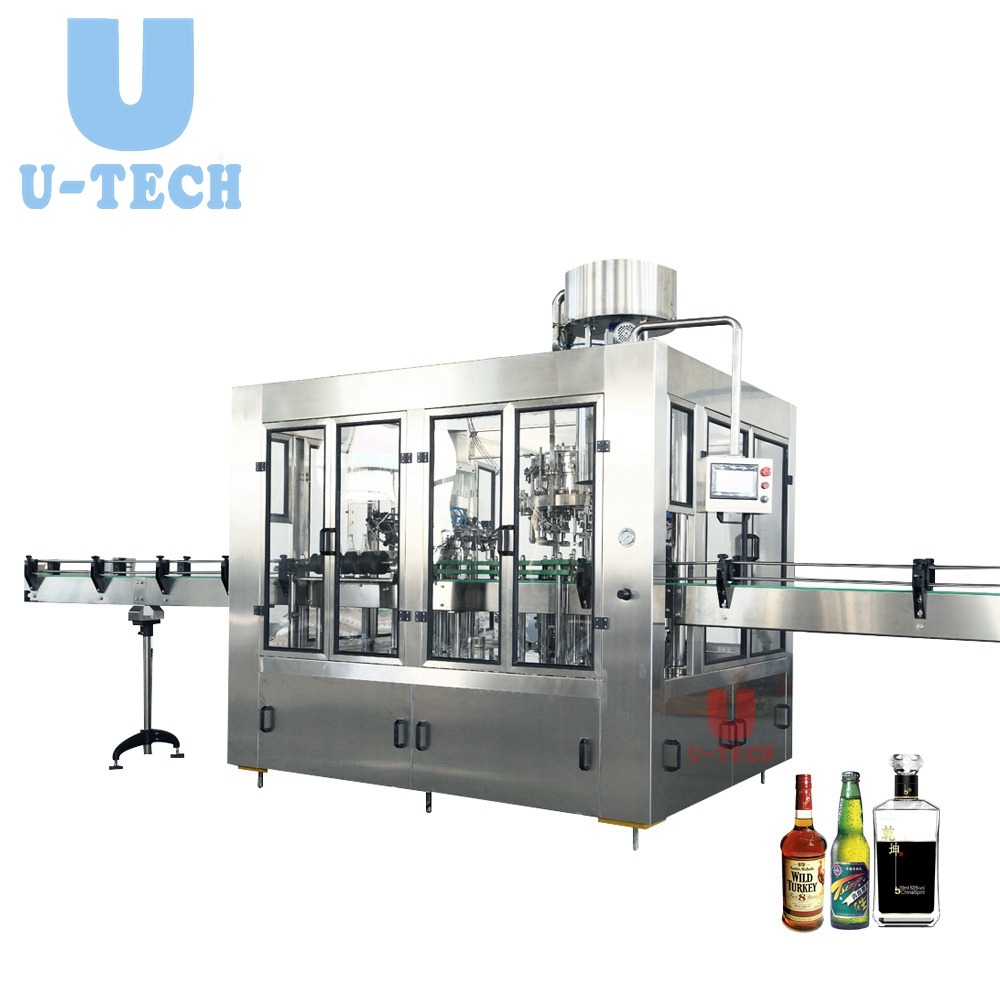Welcome to our website

The mechanism of the glass bottle filling machine has the advantages of high reliability and easy cleaning. All parts in contact with the pouring liquid are made of stainless steel or other materials that do not pose a hygienic hazard. In addition, the design of the machine focuses on the disinfection of the parts in contact with the liquid, and the CIP system is used to ensure that the beverage has a longer shelf life. At the same time, the equipment also has the characteristics of simple and safe operation, environmental protection and low consumption and energy saving.
The glass bottle filling machine is driven by an asynchronous motor with a frequency converter. Beverage bottle input and output are independent. The drive of the conveyor belt at the input end is separated from the main drive of the equipment, and the conveyor belt at the output end is driven by an electric motor with a frequency converter. This transmission ensures the continuity of the beverage during start-up and operation.
The bottle dispenser before entering the filling valve is made of plastic and can be changed according to the size of the bottle.
Safety and anti-noise shields are made of anti-rust material and glass. The beverage storage box, together with all control elements, is driven by an electric motor and can be moved up and down according to the bottle height in the range of 150-340mm.
The control panel is located next to the filling machine, and there is also a panel for controlling the air content. The stroke control of the machine can be automatically controlled by the simplest programming, with monitoring of various functions, time loss and stroke control, which are closely related to the number of bottles at the inlet of the filling machine.
The control panel contains the second part of the control system, the power supply and safety wiring, the components of the frequency converter and other electrical equipment. Panels can be placed randomly. In the case of having two capping heads, one can be selected for operation and the other for standby.